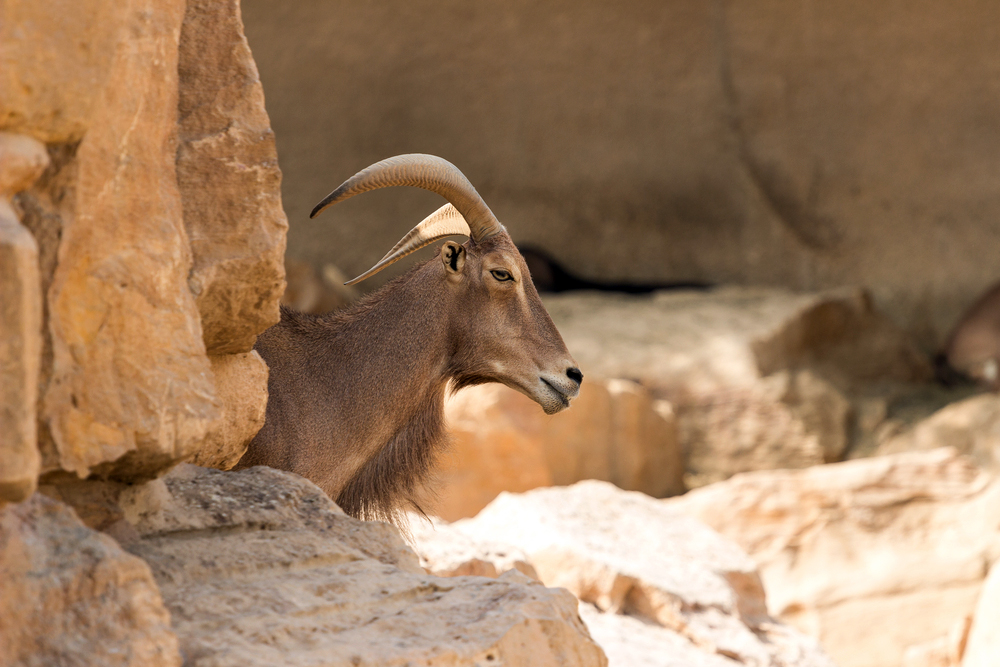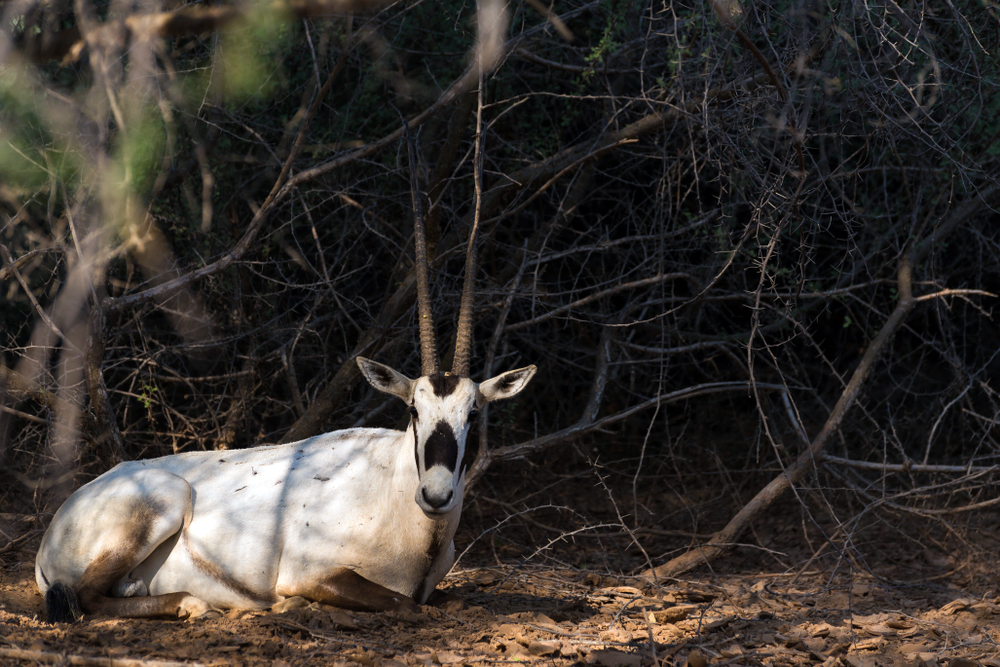
A male Blackbuck (Antilope cervicapra) also known as Indian Antelope
As part of Vision 2030, Saudi Arabia’s roadmap towards modernization and diversifying its oil-dependent economy, the Kingdom has also been working on promoting environmental sustainability to protect nature. That is why on May 22, the Saudi Wildlife Authority marked International Biodiversity Day under the slogan “Celebrating 25 Years Of Efforts To Protect Biodiversity.”
Vice President of the Saudi Wildlife Authority, Hani bin Mohammed Ali Tatwani, said marking the day is in line with the Kingdom’s Vision. The authority was established in 1986 and is responsible for the conservation and development of wildlife in Saudi Arabia. Its mandate as stated on its site is to prepare and implement plans to sustain terrestrial and marine wildlife and rehabilitate rare and threatened species and their habitats, with the ultimate goal of getting back the natural environmental balance.

An African antelope in Riyadh, Saudi Arabia
The International Day for Biological Diversity, also known as World Biodiversity Day, is a United Nations–sanctioned international day for the promotion of biodiversity issues. To mark this year’s occasion, United Nations Secretary-General António Guterres said that the welfare and prosperity of people now and in the future, depends on a “rich variety of life on earth.”
To the outside world, discussions about Saudi Arabia often conjure up images of stunning desserts and sand-colored terrains, but little else. However, there is a whole other side of the Kingdom that is rich in nature, very diverse, and has been well-preserved and enjoyed for years by locals.

Arabian Oryx in Jeddah, Saudi Arabia
On the Red Sea, for instance, off the coast of the port city of Jazan, are the Farasan Islands, an archipelago comprising 84 islands boasting stunning coral reefs, abundant marine life, and pristine stretches of shoreline. The region of Asir contains Saudi Arabia’s highest peaks, while the Tabuk region in the north west of Saudi Arabia offers an incredible landscape, and occasionally sees freshly fallen snow.
In addition, Saudi Arabia hosts many species of birds and mammals, from migratory birds such as the Cinereous Vulture Aegypius monachus that arrives in autumn to spend the winter in the Kingdom, to indigenous wildcats such as the elusive caracal.

















